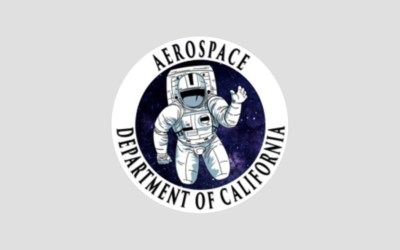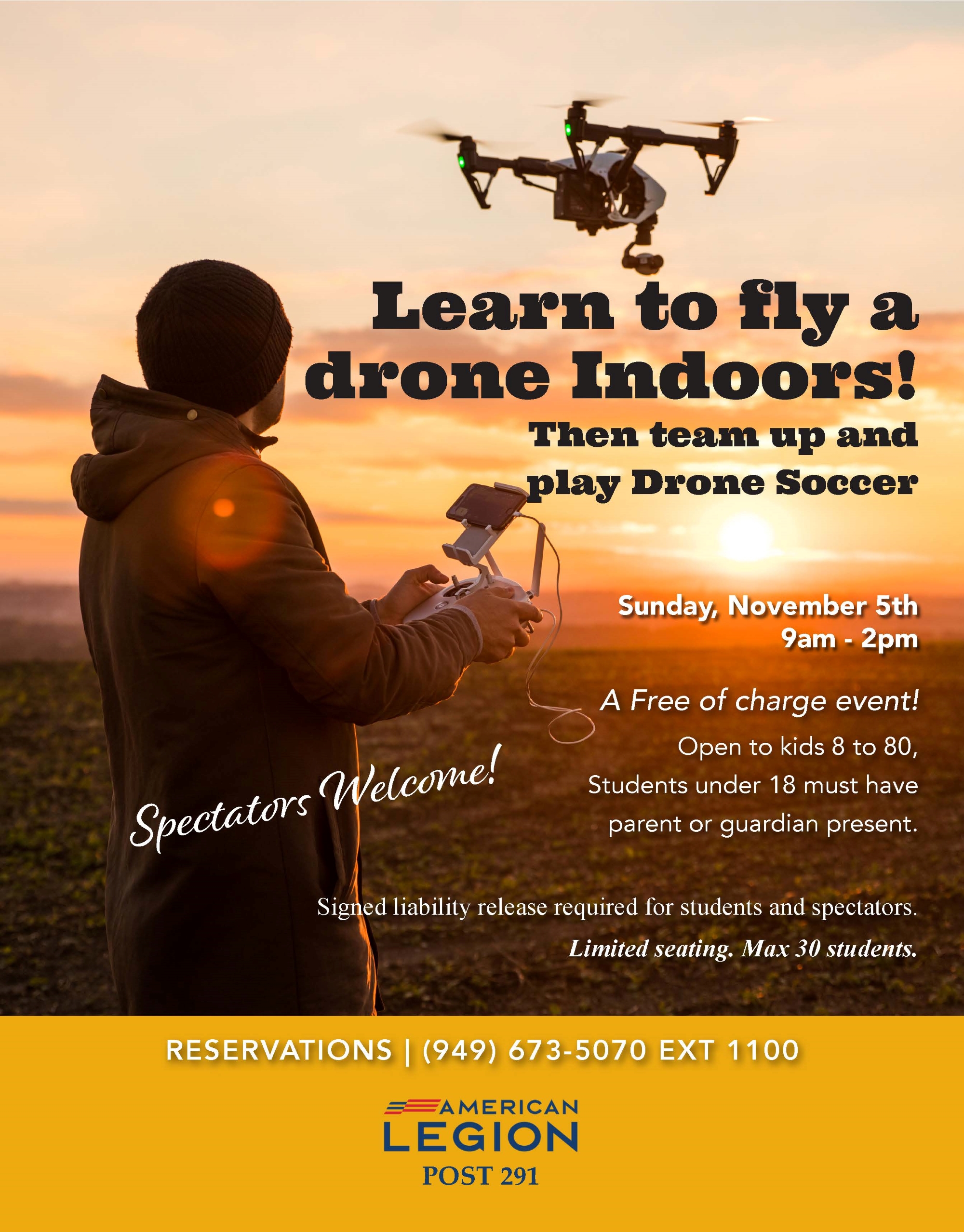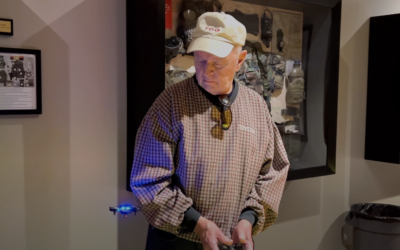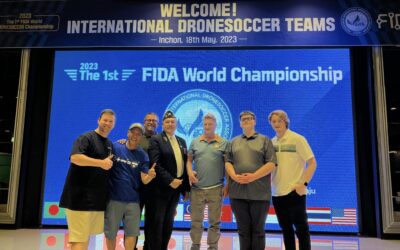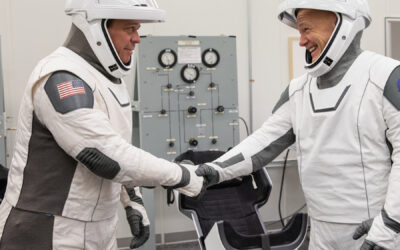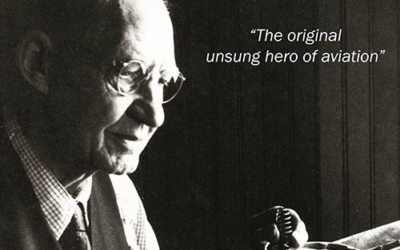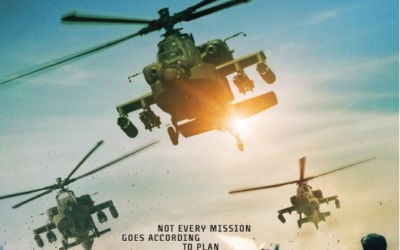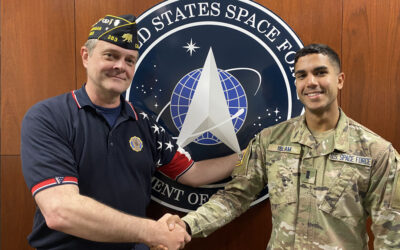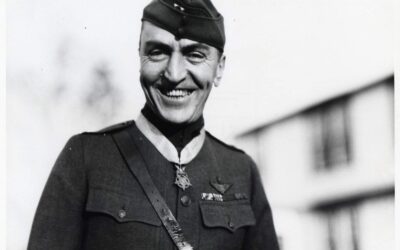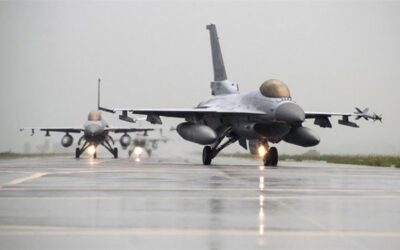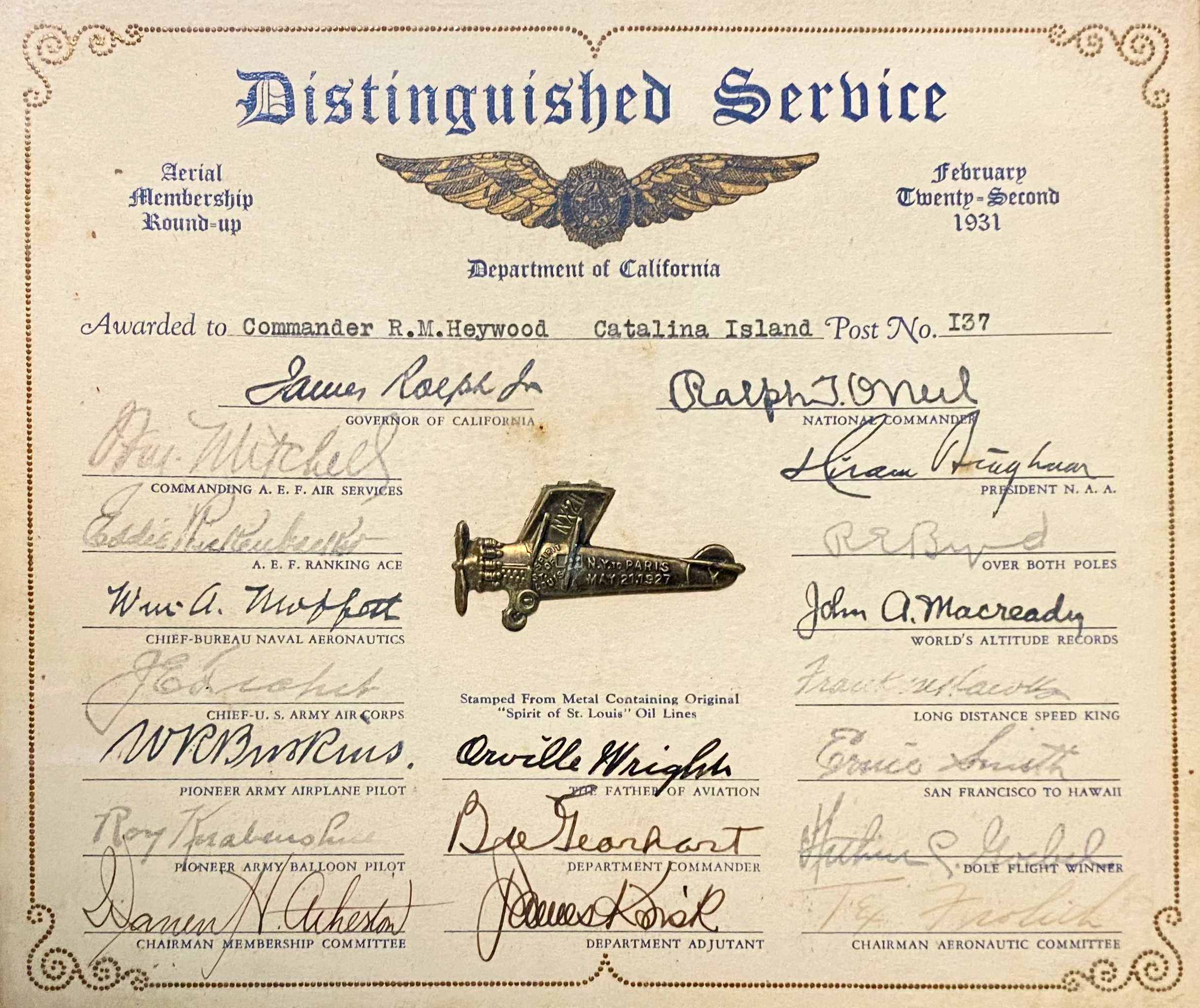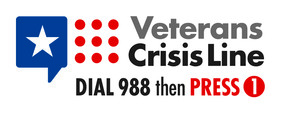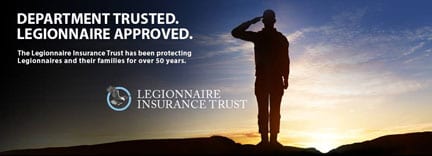Aerospace Commission
History
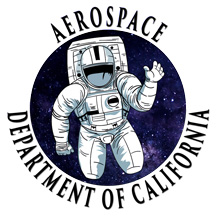 After service members returned to the United States at the conclusion of WWI, they recalled how advances in technology, specifically aviation, had broken the stalemate of trench warfare. When they returned, those veterans were determined that the United States would not fall behind in its ability to defend itself, especially in the area of airpower. However, congress cut the budgets of every aviation unit and sold almost every last airplane as surplus. This left the nation without airpower for defense.
After service members returned to the United States at the conclusion of WWI, they recalled how advances in technology, specifically aviation, had broken the stalemate of trench warfare. When they returned, those veterans were determined that the United States would not fall behind in its ability to defend itself, especially in the area of airpower. However, congress cut the budgets of every aviation unit and sold almost every last airplane as surplus. This left the nation without airpower for defense.
Nationally the American Legion led the push to build our aviation capabilities in the military for defense, as few veterans truly believed that the Great War had ended the possibility of ending all future wars. Legionnaires did not find success in lobbying congress, as old generals were afraid of their budgets being cut from traditional weapons to fund the new technology. Thus, the American Legion turned to build the infrastructure in commercial aviation so as to support the industry in case it was ever needed. In 1922, the national convention in New Orleans reorganized the committees, so that the national director of aviation became the national Aeronautics Committee under the National Security Commission, as did the Military Affairs, National Defense, and Naval Affairs committees.
Today, the Department of California has the Aerospace Commission working on all areas of aviation and space concerns, and they advise the Foreign Relations and National Security Commission on national defense issues. The national convention at Omaha in 1925 had President Calvin Coolidge in attendance and the floor passed a resolution supporting a plan put forth by the Aeronautics Committee to build more airfields, expand airmail, and provide more research into the advancement of aviation. Civilian aviation was getting a big boost from the American Legion and it was changing the public’s perception from the dangers of the barnstorming days, to aviation becoming a reliable means of transportation. This work continues today as the Aerospace Commission reports on new technologies affecting our nation, and helps to set policy through resolutions and community action. Now with the commercialization of space, more of the astronautics requirements are moving over to the civilian sector. In the Department Convention of 2023, the bylaws were updated to bring the Aerospace Commission more in line with the National Committee.
The Aerospace Roundup Archive:
Official newsletter of the Aerospace Commission
Aerospace Events:
Commission Meeting Documents:
Related Articles
Aerospace Workforce
The United States entered into World War I with only around 26 pilots. In American Legion Memorandum Number 47, published in April 1922, Eddie Rickenbacker implored the American Legion to help recruit for pilot training stating that we needed to have pilots trained...
California’s Legacy in Aerospace
California has a great legacy in Aerospace and the American Legion has been there to support it since our inception. That history from 1919 to 1945 has been highly documented with how the American Legion promoted airpower for the military, research support for the...
Learn to Fly a Drone Indoors with Post 291
While Aerospace programs, both governmental and private, have existed since 1941, these programs have accomplished little in the recent years in providing veterans an opportunity to explore advances in Drone Technology in their lives. Here, an opportunity presents...
VIDEO: Drones Ignite Interest at Palisades Post 283
https://www.youtube.com/watch?v=ICrciddTZiQ American Legion Palisades Post 283 took to the skies this past March to host an introductory drone class to both captivate and educate members of all ages, showing that technology can transcend generations and bring...
FIDA 2023 DroneSoccer World Championship
Camp of Champs team (USA) in Incheon, Korea for the 2023 FIDA DroneSoccer World ChampionshipThis article was written by Amado C. Salinas II, National Legislative Council Liaison and Area 5 Judge AdvocateI was invited to attend and speak at the 2023 Federation of...
Two Veterans Awarded Nation’s Top Honor
The astronauts Robert L. Behnken, left, and Douglas G. Hurley, donning their spacesuits during a dress rehearsal of SpaceX’s uncrewed In-Flight Abort Test in January (NASA photo).Robert Behnken earned his doctorate at the California Institute of Technology, and served...
Legionnaire, filmmaker documents first aviation mechanic
Joshua Lang, a member of the Ronald Reagan Pacific Palisades Post 283, was influenced by stories of his grandfather Oscar, who used to work at Travis Air Force Base as a flying mechanic; a crew chief who would do all the maintenance test flights. Unfortunately,...
‘Apache Warrior’ documents Legionnaire, Filmmaker, Army vet’s combat deployment
https://youtu.be/_HpCpkxx5KY It’s been said that war is the realm of uncertainty. The declaration was made by Prussian general Carl von Clausewitz in his 1832 collection of manuscripts, titled “Vom Kriege,” or “On War.” Almost two centuries later, the sentiment...
Post 283 Gets a Glimpse of U.S. Space Defense
Looking for a way to embrace our nation’s newest branch of service, Ronald Reagan Palisades Post 283 Commander Jim Cragg reached out to the US Space Force to set up a Legion-sponsored family day for Legion Family and USSF families. As a focal point, he requested a...
This California Legionnaire was a pilot, race car driver
Eddie Rickenbacker, a beloved veteran of the American Legion,[1] first rose to prominence as a race-car driver having appeared in every Indianapolis 500 race before World War I, and as a driver for the factory teams of Peugeot and Maxwell. Rickenbacker wasn't merely...
The Aerospace Roundup
The California American Legion Aeronautics and Aerospace Commission has been working hard to carry out its charge to promote civilian air activities and Aerospace research. Its chairman, Kevin Burns, has done well to keep The American Legion advised of all activity in...
American Legion Aerial Round-up
I recently received a message from the Department Historian, Fred Shacklett, as he had been contacted by a family member of Dr. Charles Curtis “CC” Wallingsford who had found a certificate identical to the one in the picture. The Department Historian found the...
DEPARTMENT BYLAWS
AEROSPACE: To consider and project the advancement of military and commercial aerospace technologies and programs to include space exploration and research; and such other purposes as may be assigned to it by the Department Executive Committee.


